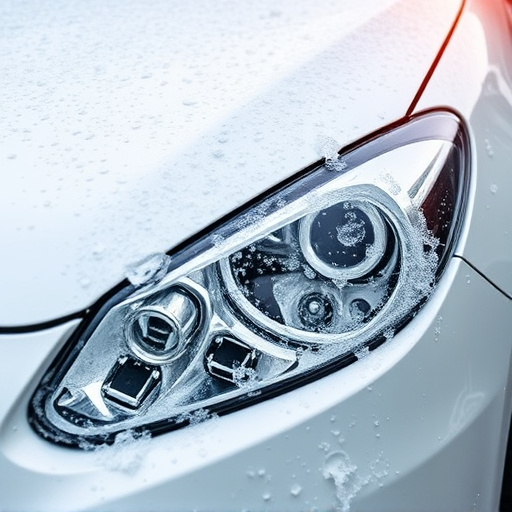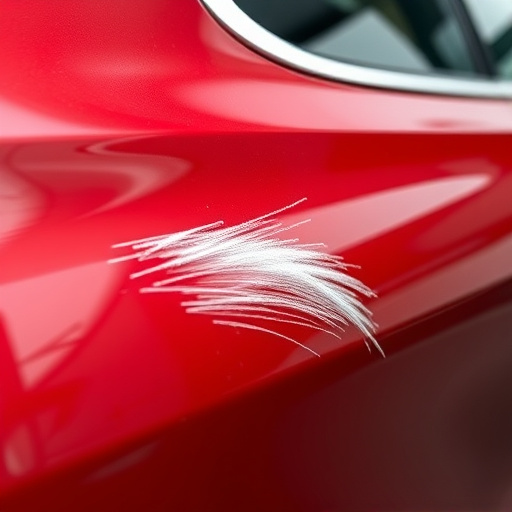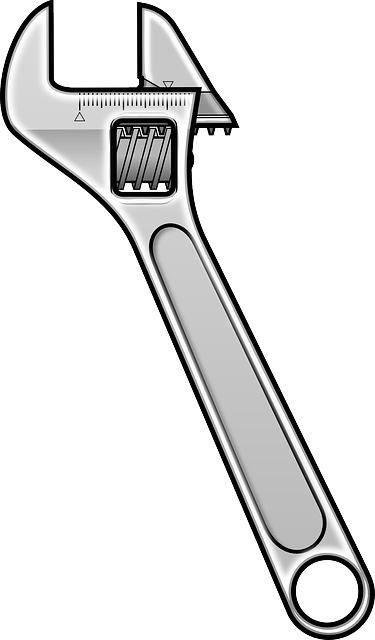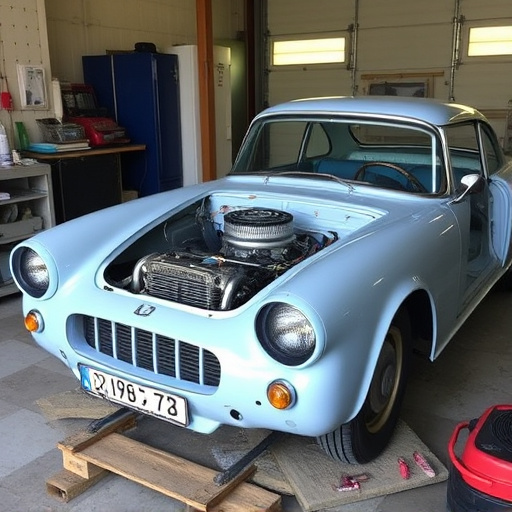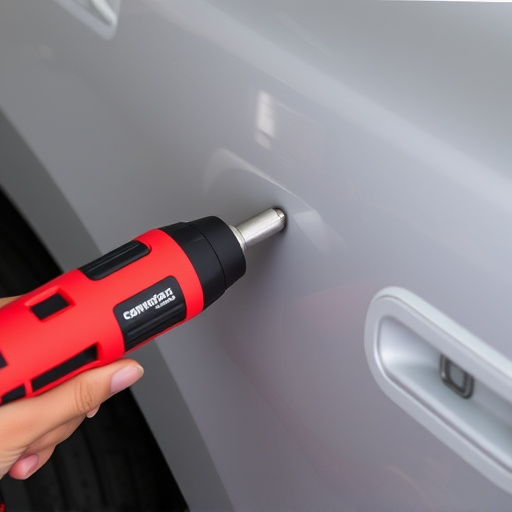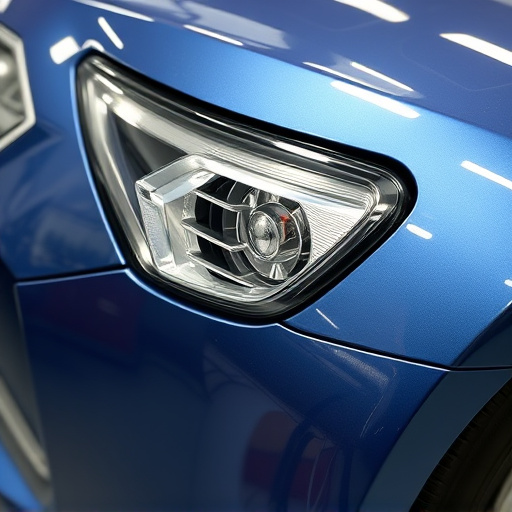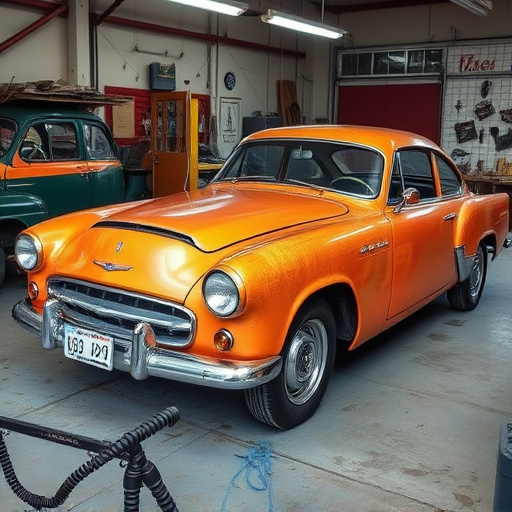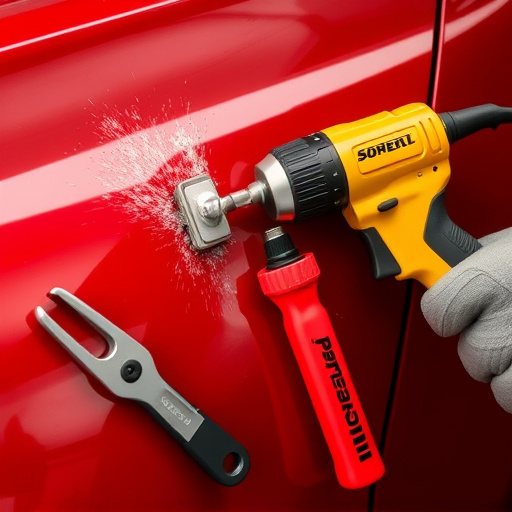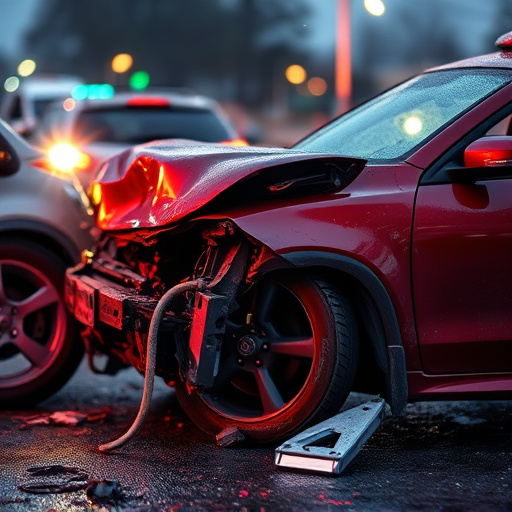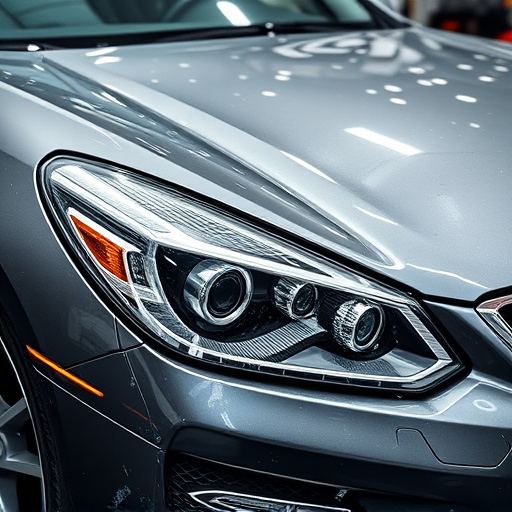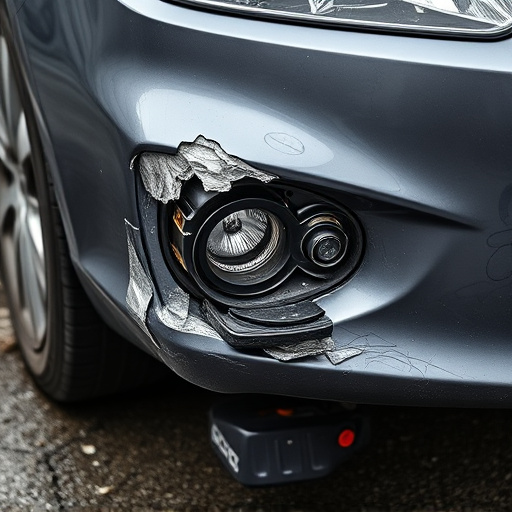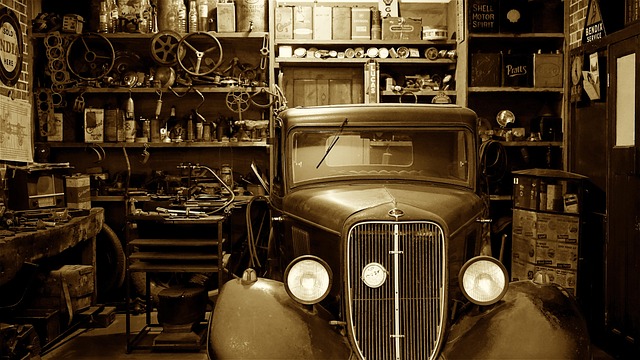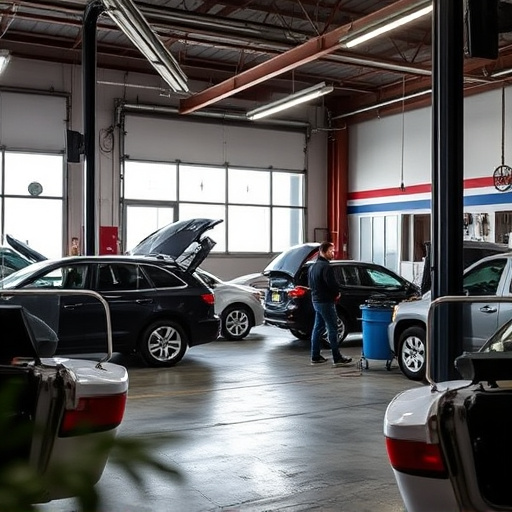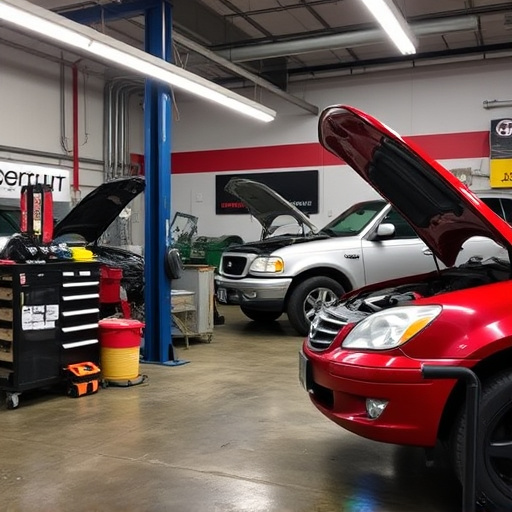Post-crash, a thorough alternator inspection is vital for safe vehicle operation. Hidden issues like fluid leaks, corrosion, or loose connections can weaken the alternator, leading to battery problems and electrical malfunctions. After an accident, visually examine for cracks/dents, then check internal components for wear, melting, burning, or damage. Common issues include cracked housing, loose connections, corroded terminals, worn bearings, rotor/stator damage, and failed rectifier diods, requiring specialized knowledge for accurate diagnosis and repair.
After a collision, understanding alternator damage is crucial for safe vehicle operation. This comprehensive guide details what to expect during an alternator inspection post-accident. We break down the steps involved in evaluating potential issues and highlight common problems discovered during such reviews. By familiarizing yourself with this process, you’ll gain insights into ensuring your vehicle’s electrical system functions optimally after a mishap.
- Understanding Alternator Damage After an Accident
- Comprehensive Inspection Steps for Accidental Damage
- Common Issues Discovered During Alternator Review
Understanding Alternator Damage After an Accident
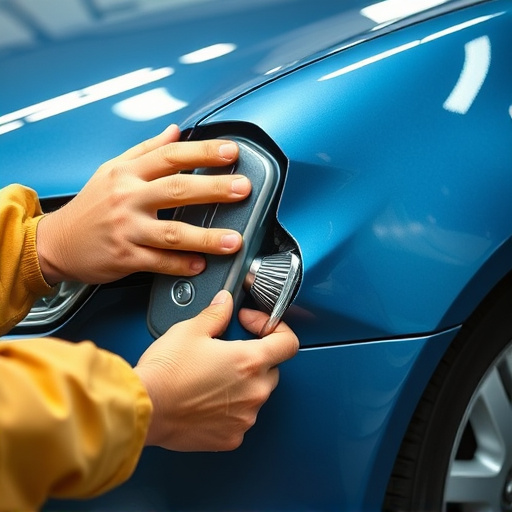
After a car accident, understanding alternator damage is crucial for anyone looking into vehicle repair services. The alternator, responsible for charging your car’s battery and powering electrical components, can suffer significant wear and tear during a collision. While some damages might be immediately apparent, like cracks in the housing or exposed wiring, others may go unnoticed until further inspection. A thorough alternator inspection after an accident is essential to ensure safe operation and prevent potential failure.
Many automotive body shops recommend checking for signs of fluid leaks, corrosion, or loose connections. Over time, these issues can weaken the alternator’s performance, leading to problems like a weak battery, dim lights, or even vehicle stalling. Given that alternator repair or replacement is often necessary following an accident, seeking expert advice from auto painting and automotive body shop professionals is advisable. They can accurately assess damage, provide recommendations, and perform the required repairs, ensuring your vehicle’s electrical system operates optimally post-accident.
Comprehensive Inspection Steps for Accidental Damage
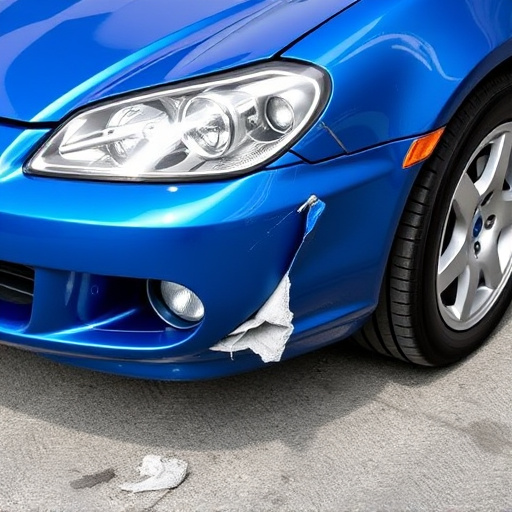
After an accident, a comprehensive alternator inspection is crucial to assess any potential damage. The first step involves visually examining the alternator for any visible signs of impact or deformation. Look for cracks, dents, or discrepancies in its overall structure. This initial assessment can often reveal obvious issues like a cracked housing or damaged rotor blades.
The next set of steps includes disassembling the alternator to inspect internal components. Check for wear and tear, especially on the bearings and brushes. Inspect the diodes, rectifiers, and coils for any signs of melting or burning, which could indicate short circuits or overloading. Additionally, verify the condition of the insulation within the stator windings. If damaged, these components may require replacement during auto collision center repairs, ensuring proper car damage repair and restoring optimal alternator performance.
Common Issues Discovered During Alternator Review
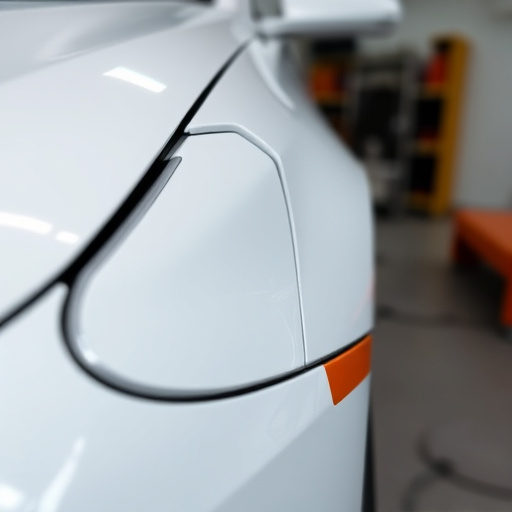
During an alternator inspection after an accident, several common issues often come to light. One of the primary concerns is damage to the external components, such as a cracked or damaged housing, which can indicate impact during the collision. This is crucial as it not only affects the aesthetic appeal but also compromises the structural integrity of the alternator. Additionally, inspection may reveal loose connections or corroded terminals, both of which can disrupt the electrical flow and lead to charging issues post-repair in a vehicle body shop.
Further problems discovered could include worn-out bearings that require immediate automotive repair, internal damage to the rotor or stator, or even a failed rectifier diod. These issues are not uncommon and often call for specialized knowledge to diagnose accurately. Understanding these potential issues is vital for anyone considering an alternator inspection after an accident, especially when deciding on repairs in a car dent repair facility or general automotive repair shop.
After understanding the potential damage and conducting a thorough alternator inspection after an accident, you’ll be better equipped to determine the next steps. By familiarizing yourself with common issues and taking a comprehensive approach to diagnostics, you can ensure effective problem-solving. Remember, a detailed review is key to restoring your vehicle’s optimal performance and safety.
